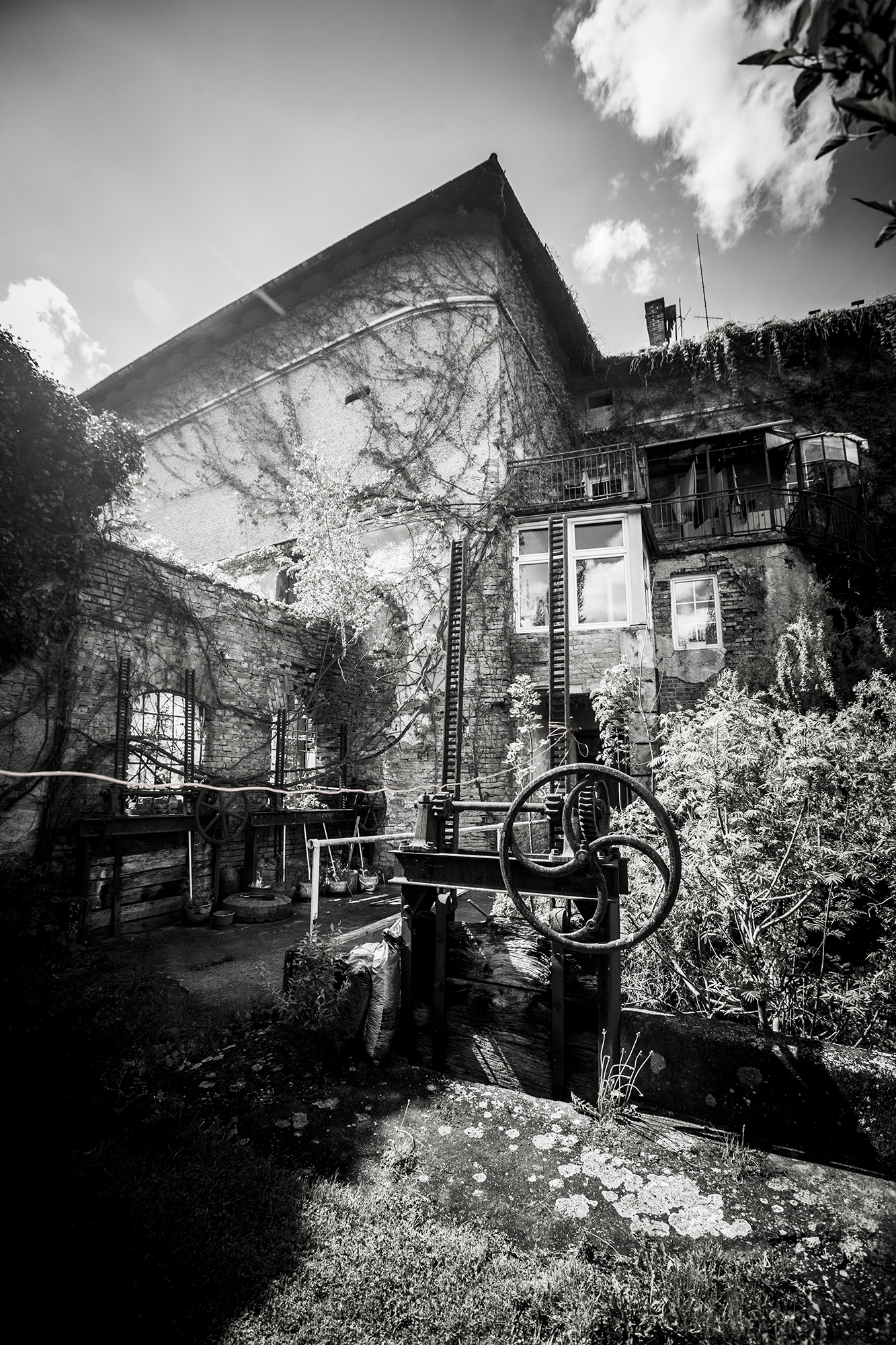
The Černých Mill
Under the church in Krčín.
The old mill in Krčín, on the race from the Metuje River, is first mentioned in 1336. At that time the mill was listed as a ‘memorial mill’ in connection with a former lord of Krčín, the Czech nobleman and the Highest Prague Burgrave, Hynek mladší z Dubé a z Náchoda († 1361) "... [The mill] was exchanged with the consent of his brothers, being assigned to Priest Zdislav a farm of peasants with two fields, a meadow and a forest, so that the second chaplain could be sustained using the benefits therefrom.”
Documented owners of the mill:
- 1592 Špatenkova family
- 1789 Jan Štěpán
- 1805 Václav Kouba
- 1814 Jakub Tláskal (Václav Kouba´s son-in-law)
- 1836 Antonín Šír
- 1845 Vincenc Štěpán
- 1867 Jan Baše
- 1873 Josef Baše
- 1879 Antonín and Barbora Železo
- 1881 Černý family
Josef Baše was the owner of the mill homestead No. 28 and No. 29 in 1879. This mill homestead also included other gardens, meadows and plots of land in Krčín and Vrchoviny. It is said that the miller Josef Baše discussed the sale of the mill with Josef Černý, a potential buyer, in the Krčín pub U Železů that year, however the landlady, who had listened to their conversation, immediately spoke to the miller and – together with her husband Antonín – bought the mill on November 22, 1879 for 24,000 gold coins. The Železos were not interested in working in the mill, however, but only picked out certain valuables and equipment before selling the mill on – for the same price – to Josef and Kateřina Černý on January 5, 1881. Their son Antonín took over the property from them in 1911. He rebuilt the mill and its equipment in 1913–1914, and equipped it with a new water turbine six years later. Among the machines in the mill were three twin milling machines, one single milling machine, and one French buhrstone. The daily output of the mill was either a wagon of wheat or 70 q of rye. The operation was terminated in 1951, but there were still machines at the mill in 1969. The water engines have also not been preserved. Originally, five breastshot water wheels worked here, two powered the mill, one a saw, another a barley gritter, and the last spun a dynamo for the mill’s own electricity requirements. In 1921, two transit turbines with a total output of 100 HP worked in the mill; in 1930 there were two Francis turbines, with a flow rate of 2.6 m3/s, a 2 m gradient, and output of 53 HP. The weir ahead of the race that brought water to the mill was damaged by floating debris during the spring flood of 1953. The owners were denied the cement to repair it, and during another flood in the autumn of the same year, the weir was permanently destroyed and never rebuilt. The 15 hectares of land belonging to the mill homestead were then handed over to a collective farm. In 1959 the riverbed of the Metuje River was redirected further to the left of the mill. Today, the main brick mill building is used for housing. The mill is no longer in operation and the partially backfilled race is dry.
GPS: 50°21'1.927'' 16°7'11.549''